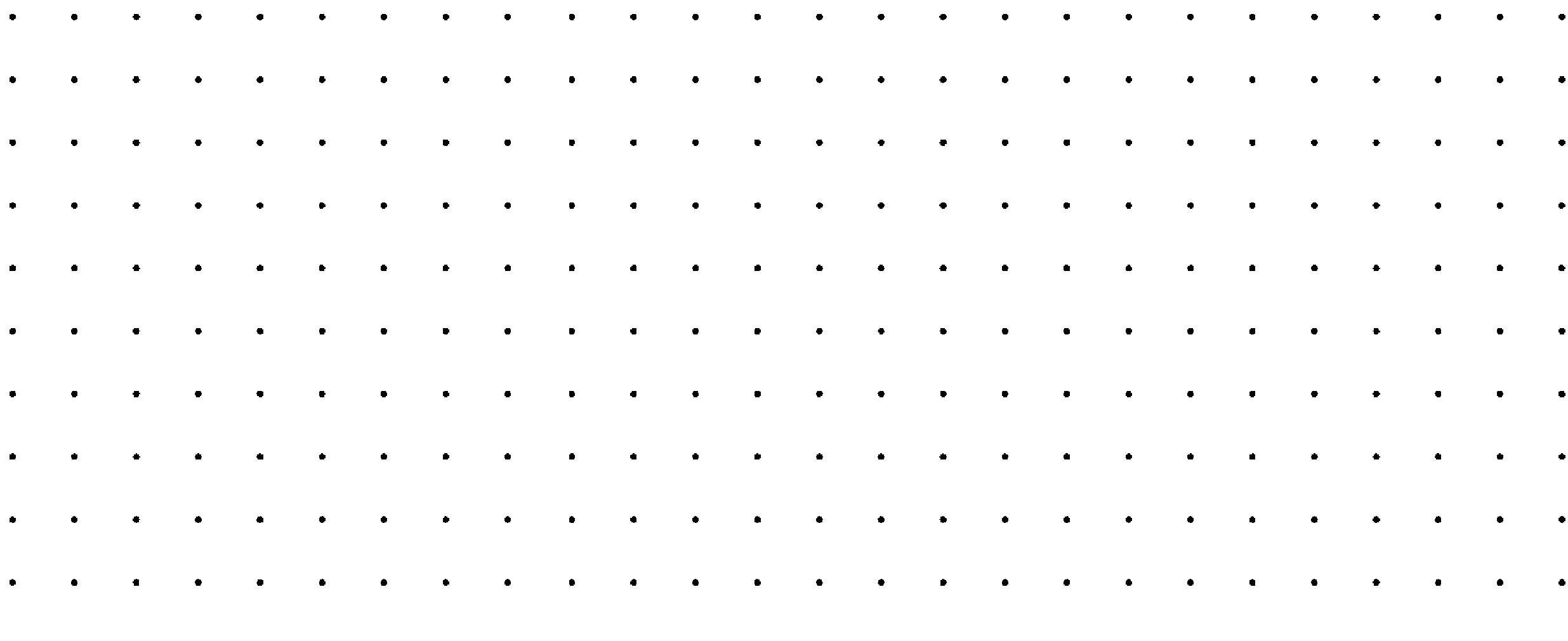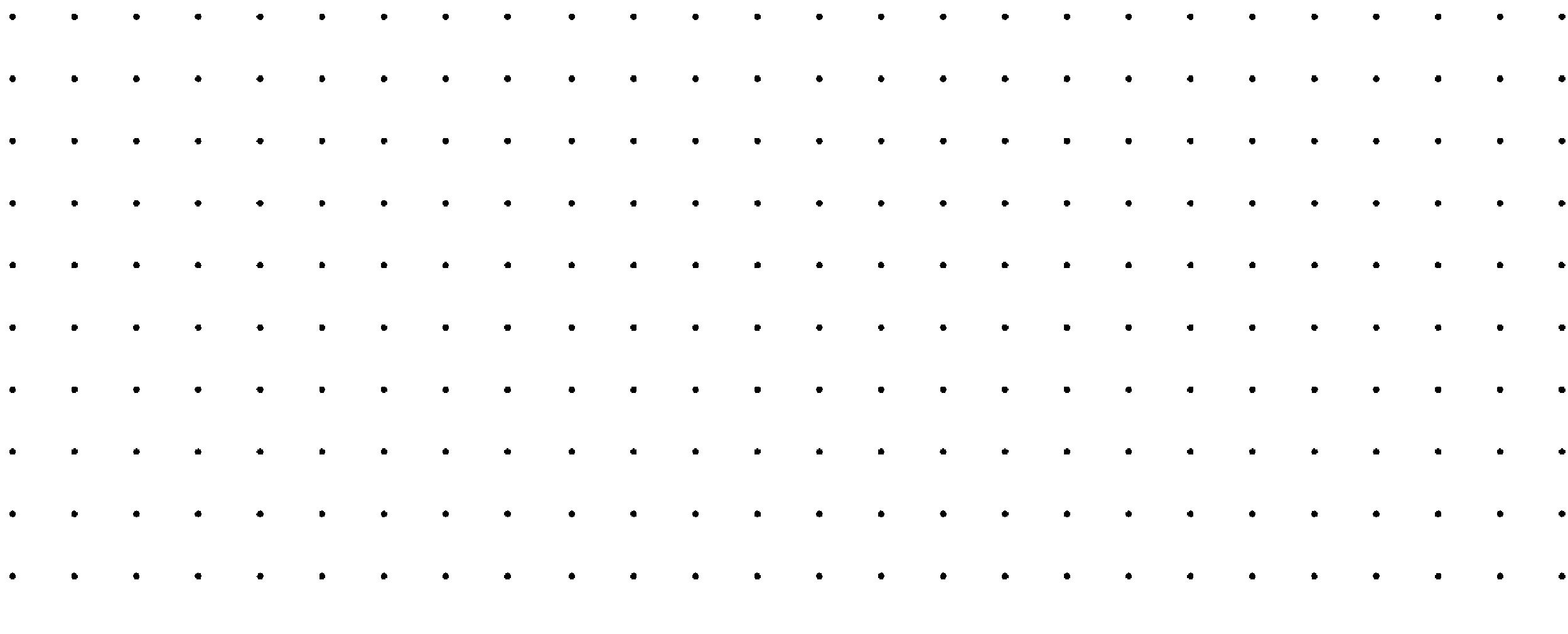Hussam Alnahdi
Architecture and Environmental Design. portfolio

















Innovative Saudi architect committed to delivering fluid and seamless artistic vision. Aiming create a comfortable environment that meets client demands. Comprehensive background in multiple building types (e.g. residential, studios, galleries, and educational)
Languges
Arabic (Native speaker)

English (Fluent)
Softeware Skills
Rhino 3D
Grasshopper
Revit



Autocad


Autodesk CFD

Microsofte Office
Adobe illustrator



Adobe Photoshop
Adobe Indesign


Tas simulator
Lumion


SketchUp

NFQ Foundation Course (Distinction, 3 As).
Birkbeck University of London - London, UK

Bachelor of Science: Architecture Technology (Merit).
University of Westminster - London, UK Building Design Studio (Distinction)
Dissertation: Evaluation of Passivehus Strategies (Merit)


Master of Science: Architecture And Environmental Design (Thesis Distinction).
University of Westminster - London, UK Thesis: Evaluation of Shibam’s tradtional buildings (Distinction) Contender of Fab Lab competition (Awarded 3rd Place)
Project manger.
Analog Designs - Jeddah, KSA
Construction manger.
Family business - Jeddah, KSA
Architect and Environmental Designer.
Personal Tutor.






















Every day 14 000 people sleeps on the streets in the Centre of Sao Paulo.
Vonurable individualas like disabled, immigrants, additcts, transsexuals beacome homess as they cannot find themselves in the society, mostly being left without any emans of social or gavrermental support. Although this people have broken sense of belonding to the general society they are not able to form the small communities. This brings many disadvantages like conflicts, agression and depression and gentryfies them even more. This situation has also many implication on the area. The space is considered dangerous by dusturbed general publuic who do not want to be present there. Thnis promotes the effect of getttonizin of the cityc enter.
The Copan building is an epicentre of this circumstance and it is in the close proximity to the site. Therefore, it is essential for design to adress those issues through positve design intervewntions
in order to provide safe city center environment for the pass-byers and essential help for the less-previladged individuals eventualy creating for them a home from home. The form of the build directly address the program of resocialization of social outcast individuals. This include metting the basci needs in safe environment (6 month say acomodations), education, recreation and social and work skills provision to reintroduce to corrupted individuals as a valuable members o the society and creating a sustainable community within the building based on mutual work and responsibilities that can give back to locals by dealing with the recycling.










The figures shows the radiation analysis performed on the site.During the summer the radiation on the surfaces are high with most places over 1.1kWh/m2 excepting some 20% of thea area near to the residential tower which receives aroung 550kWh/m2. similarly during winter the site receives high radiation but of only 600kWh/m2, this is to do with the shadow being cast by the sorrounding tall towers and the low sun angle at this times of the year.











The sunlight hours is affected by the sky view factor or the vertical sky component. A 40% sky view factor ensures possibilities of shading from the surrounding building but would not impact the daylighting as the Design Sky luminance a of Sao Paulo is around 13klux. The images on the right, run for winter solstice and sumer solstice, clearly show the inter-relationship and implication that the surrounding building has on the sunlight hours being received illustrating clearly that in winter the shading is much more on the horizontal surface.


Sunlight hours hours
Sunlight hours
Sunlight hours
Solar Radiantion
























 Sunlight hours on building's Facade Summer
Sunlight hours on building's Facade Winter
Solar radation on building's Facade Summer
Solar radation on building's Facade Winter
Sao Paulo Wind rose site's CFD analysis
Sunlight hours on building's Facade Summer
Sunlight hours on building's Facade Winter
Solar radation on building's Facade Summer
Solar radation on building's Facade Winter
Sao Paulo Wind rose site's CFD analysis

In the context of a city where environmental awareness is still in its nascent stages, this project aims to be an example of a dense living and working space for Central Sao Palou Its location in a socially polarised area calls for an examination of the various layers – political, economic, and social and mostly importantly deals in it through an environmental evidence based approach. This is achieved through small simple measures involving community. Each element of the building tissue has multiple functions that enhances the resilience and adaptable capabilities of the community. Further, the project is seen from the point of view of the occupant to sensibly cater to their comfort requirments using the engagement of the occupants in the efficient running of the building. In addition, the scheme aims to challenge current trends for living and working in Sao Paluo and propose a coherent environmental and social based lifestyle for the future through the premise of cohousing.
Generally, all rooms are oriented to the protected courtyard, which means that the windows to the east are enlarged and provide a daylight factor of approximately 9% on the East side benefiting from the highly reflecting facades surrounding the courtyard. Thus, sunlight is enters all rooms in the morning, but enters the living room only in the evening due to the window opening to the east Road. This window is a brise soleil designed as an offset which projects into the buffer zone. The overall window to floor ratio in the living area is 42%. Here, the daylight factor reaches to an average of 13% on the West when the wooden shades are open.

 Risedntial sector Daylight factor
Risedntial sector Daylight factor


Education center Daylight factor


The daylight factor indicates the distribution of luminosity inside the building spaces, as well as it shows the effect of changes that happened between the scenarios as DF is not limited to an illuminance target such as in DA. The IT lab and Lecture hall are recording the lowest amount of DF, and that is explainable as the two speaces usege which doesn’t need much light, apart from the Shop which achieves on of comparatively high of daylight factor. The residential areas achieving 2.55% DF in the current case scenario (Scenario 4) when the surrounding context is removed the DF level increases by 0.6%. However, the most significant effect is when the shedding device of the bottom windows is removed, the average of daylight factor increased from below 1.3% to 2.7% almost double.




This part illustrated the plan for thermal analysis, which is conduct from digital analysis for the actual building and run series of simulation to investigate the effect of each strategy effect used for the building design. The first part describes the main effective strategies that the research focused on and show the design for each scenario in that reveled the effect of the strategies that has been used traditionally. Then compare between the results in terms of its affect for the indoor and outdoor thermal performance and the ability to ventilate.

Monthly peak demand























Potential Energy Saving






 Spike
Energy Wave
Sun Shader
Spike
Energy Wave
Sun Shader

Once upon a time, there was a box feeling lazy. the box tried a magical portion that provided it with energy which caused a sudden evolution in its genes, the box starts growing a spike which resulted in reducing its effect solar radiation gain and made it calmer as the internal noise becomes less and less as the spike grows.





Location: Jeddah,SA
Total Area: 9m2 Type: kiosk
scienario 1
Solar radation hit the inner surface and absorbed to the inner environment



scienario 2
Solar radiation is shaded by the wavey cladding
scienario 3
Solar radiation is shaded by the wavey cladding and absorbed by the vertical green wall














One of main elements of caffeine drive throe design is to create a kiosk that provides comfortable environment for the worker and catch customer’s eyes.The kiosks designed to be thermally comfortable and clear from visual discomfort. Therefore,Sunlight must be avoided as far as it usually causes glare and it is the main source of overheating. Consequently,the main challenge was to provide an adequate amount of light required for cookingand serving coffee without causing any type of discomfort.In orderto achieve the design objectives the kiosk is designed parametrically, using thebasic cladding formed triangular plates that connected to each other. Each triangular plate is tilted in angle to create openings as well as shades from the direct sunlightshown in the images.

 Environmental Digram
Environmental Digram





















Location: Delhie, India Total Area: 250m2 Type: Pavilion






















Location: Nanning, China
Total Area: 320m2 Type: Bridge
The coral bridge is a pedestrian bridge that connects Zukshi to Mindok in Nanning, China. The bridgetowers act as wind towers that pull shallow air over the river into the toweras the towers reach higher speed wind at the top, which causes have low pressure effect at the top of the towers. Consequently, as air pass over the river, it coolsdown by evaporative cooling effects of the river water. In order to enhance theair quality, the bridge is provided with greenery to filter the air that reachesthe bridge, exactly like coral supply seas with oxygen.
 river flow
Sunpath
Wind flow CFD analysis
river flow
Sunpath
Wind flow CFD analysis


Location: Lyon, France
Total Area: 30m2 Type: Pavilion

Peaks is a pavilion that inspired mountain curves. The pavilion created using grasshopper 3D which allows using physics in order to create a geometry that memic the mountain curves.The Pavillion is made by using a triangular pattern that aims for the user’s eyes to travel along the pavilion. each triangle is pointing in various direction in order to filter direct sunlight.










 Prince Sulatan
King Abdulaziz RD
King Abdulaziz RD
Prince Sulatan
King Abdulaziz RD
King Abdulaziz RD












Location: Jeddah, SA

Total Area: 237m2 Type: Residen-














London,UK
Jeddah, SA

















Main areas
Wind direction


evaporative cooling

























Residintial Building
Residintial Building
Educational Buildings



Roads
Art Galleries
Parks
Frist floor New Design
Ground floor New Design






















 Detail 1
Detail 2
Detail 3
Detail 4
Detail 5
Detail 6
Detail 3
Detail 8
Detail 1
Detail 2
Detail 3
Detail 4
Detail 5
Detail 6
Detail 3
Detail 8
Building preformance analysis
















The town of Shibam is consist of more than 500 houses, some of those houses reach up to 36.5 meters above the valley ground. There are many buildings reached above eight stories, but most of the building in that site is around five stories high(Figure is illustrating full details about the building height in Shibam. Some of the houses claimed to be sustained over 400-500 years old under continuous maintenance. The buildings built compactly to shades each other and reduced the solar gains striking the exterior of the buildings, there are no other sites in Hadramout built as compact as Shibam. Moreover, the compact urban layout formed narrow zigzag/random roads which help to reduce the number of sunlight hours to reach to the ground which creates a microenvironment so different from the environment outside the town.

Shibam formed some vast public squires locating in between the buildings, acting as air supply for the narrow roads to cool during the night also is believed that the squires trap the relatively cold air of the night as and cool the first morning hours. Additionally, The whole site is surrounded by tall wall to protect from outside weather. The site contains five historical mosques, a school, hospital, well known traditional market and modern market. The site lied between plantation grounds surrounding the site from the east north and west sides, while the valley water passes the front of the south side of town.
 Aerial view of Shibam (Source:Khan,2017)
Aerial view of Shibam (Source:Khan,2017)
Buildings hight analysis









Residential Buildings sectors

Residential Buildings Section
Site Context





Site Solar radation

Buildings Details
Site Sunlight Hours
The main aim of the thesis is to evaluate a tradition building in Shibam by exploring the thermal comfort and the daylight performance. Also investigate the effect of each strategies that used by early Shibam builders, which lead to the indoor daylight environmental quality and thermal comfort level.

In term of visual comfort, the main effective strategy is blocking the direct sunlight by using a compact urban plan , which result in enhance the visual comfort high satisfaction level, however that lead to have dark areas such as the kitchen, which result in electric light replacement in the dark areas. However, the effect of the context reduces as in the higher floors. The top windows has an effect in uniform the daylight level in the interior of the building and result in annual glare portability reduction
The residential area of the building show an acceptable amount of daylight according to the daylight autonomy tests. More importantly main rooms such as the living rooms and bedrooms, show a great daylighting level by achieving their illuminance targets over 80% of the year occupied time.
The Main influential element that effect the thermal performance is the building materials, as the building materials change to modern building martials, the indoor temperature raised by 4oC during the hottest time in Shibam climate. Still the urban context has a major influence in the indoor temperature, as the result show that the building reduces it’s the indoor tempreture by 2oC as it reduce the solar radiation acting on the building surfaces. However the urban context reduces the average ventilation ability as the buildings blocking the wind but still archive better performance.
Environmental ShaperExcessive




































































School renovation projects are reshaping education by prioritizing spaces that maximize daylight and encourage student engagement. These projects recognize the impact of the environment on learning outcomes.
+Optimizing Daylight: Renovations involve architectural changes like larger windows and skylights to infuse classrooms with natural light.
+Strategic Design: Classroom layouts are reconfigured to ensure students benefit from optimal daylight exposure.
+Smart Shading: Automated shading systems manage glare, creating a comfortable learning atmosphere.
+Interactive Zones: Renovated spaces encourage collaboration and hands-on learning.
+Low tech Integration: Modern technology enriches learning with interactive tools and virtual experiences.
Renovation projects offer benefits like improved focus and teaching flexibility. Success requires careful planning and budgeting.
Renovations envision schools as dynamic hubs that nurture curiosity and active learning.
Through school renovation projects, daylight and engagement are reshaping education spaces, creating environments that empower students to learn and grow effectively.











Innovative school design projects are leveraging the physical environment to enhance education quality. By pentrating court int building volum this projects aim to create well-lit and comfortable learning spaces that promote student engagement and well-being.
+Strategic Placement: Courtyards are positioned to maximize sunlight exposure, radiating light into classrooms and common areas.
+Architectural Features: Large windows and glass walls ensure daylight reaches deep into interior spaces.
Layout Optimization: Learning spaces are designed to benefit from courtyard illumination, reducing the need for artificial lighting.
+Thermal Regulation: Natural ventilation systems help maintain a comfortable indoor climate.
+Biophilic Connection: Courtyard designs may include green elements, enhancing the connection with nature.
The integration of courtyard daylight transforms school design. By harnessing natural light and promoting thermal comfort, these designs create environments that nurture student growth and learning. Through collaboration between educators and architects, this approach can shape a brighter future for education.















